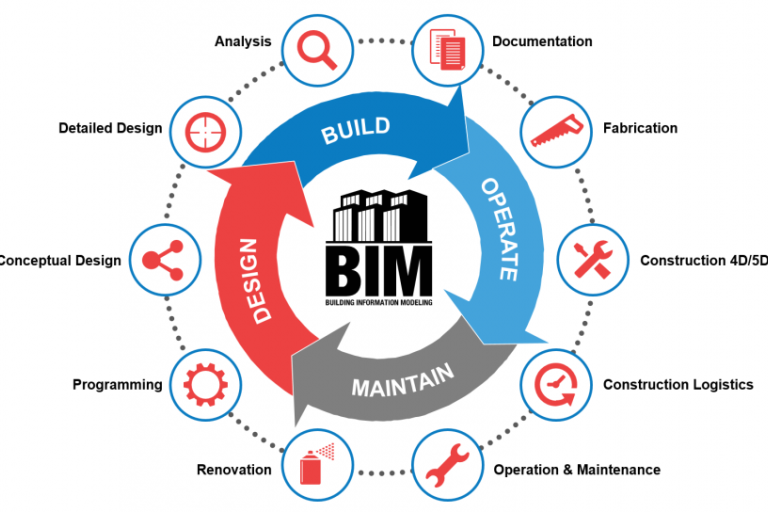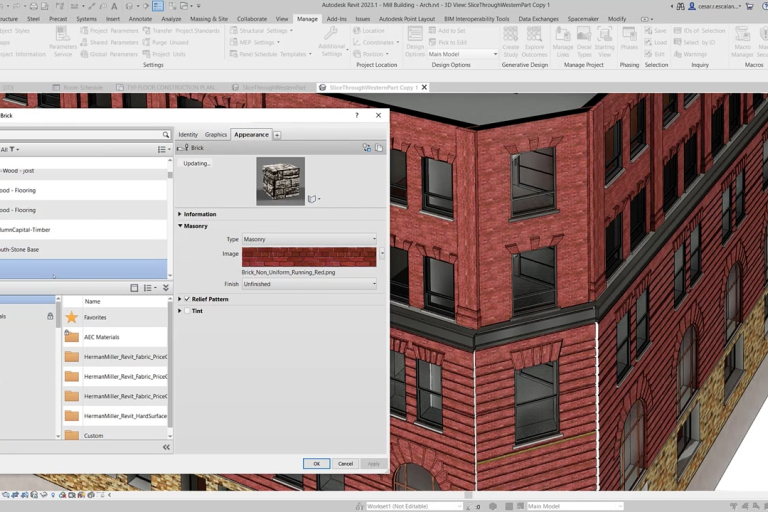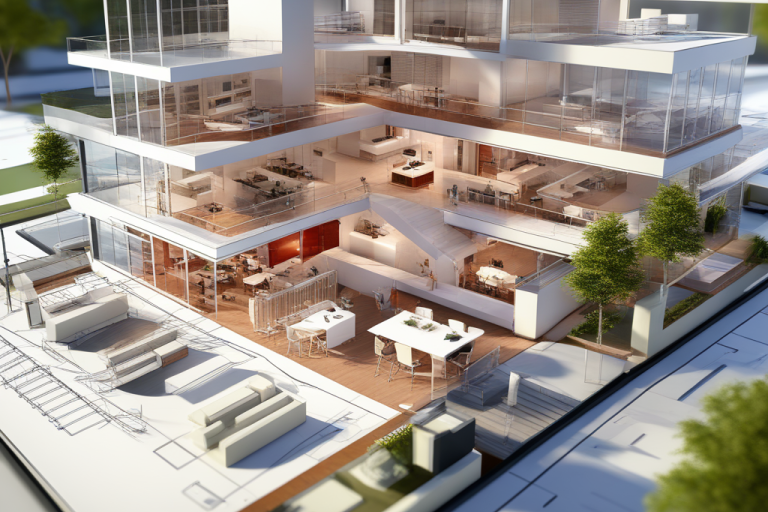Welcome to the world of design and construction! Today, we're exploring a common question: Are BIM and Revit the same? Picture them as dynamic duos working hand-in-hand. Revit, a powerful tool, plays the superhero role, supporting BIM like a trusty sidekick. Let's unravel the connection between them and discover how Revit lends its strength to the BIM adventure!
Definition of BIM and Revit
BIM and Revit are two commonly used terms in the construction industry. However, there is often confusion around exactly what they mean. Let's break down the definitions of BIM and Revit in a clear way:
What is BIM?
BIM refers to Building Information Modeling - it is a process of designing, constructing and managing a building project using digital 3D models and sharing relevant data between project stakeholders.
Imagine an architect working on a new commercial building project. They would create a detailed 3D model of the building design in a BIM software like Revit. This model contains not just the geometric design but intelligent information like specifications of the building materials used, equipment details, construction schedules etc.
This centralized model allows for better coordination between various project contributors like architects, engineers, contractors. Any changes made are automatically synced for all. For example, if the HVAC designer modifies a duct layout, the architect's and structural engineer's models are instantly updated without manual intervention.

Read more: Common BIM Myths You Should Leave Behind
What is Revit?
Revit is a specific BIM software application developed by Autodesk for architectural, engineering and construction projects. It acts as a platform that enables the BIM process.
Going back to our building example - the architect would use Revit to virtually construct their 3D building model containing walls, doors, windows as real building components. Mechanical engineers can then link this model in their Revit file and add ducts, pipes and HVAC equipment in the correct locations.
Key features of Revit include parametric modeling which allows components to be dynamically modified, integrated documentation tools, clash detection and quantity take-offs for estimating. Revit files can also be shared across project teams and viewed on mobile devices for coordination and feedback.

In summary, BIM is the process while Revit is one of the main software used to implement this process in a digital collaborative environment. The BIM model conceptually exists beyond any one tool.
Why BIM Cannot Simply be Revit?
While Revit is a widely used software for BIM, it is incorrect to think that BIM is the same as Revit. Though they are closely related, BIM goes beyond any single tool. Let's explore some key reasons why BIM cannot be equated to just Revit:
- BIM is a process - It involves collaboration between various stakeholders at different project stages right from design through construction to operations. Revit is only a platform that supports part of this process.
- Diverse requirements across disciplines - Different disciplines like architecture, structure and MEP require customized tools for their specific modeling requirements. No single software can cater to all. BIM models may use a mix of tools.
- International standards - BIM standards like ISO 19650 specify requirements that go beyond modeling. They define roles, processes and exchanges between project teams. Revit alone doesn't address all these.
- Coordination - Data needs to be shared between stakeholders using tools they prefer. Formats like IFC allow moving models between platforms. Relying on a single tool creates lock-in issues.
- Partner requirements - Clients and project partners may prefer other software for their in-house usage. For a collaborative BIM approach, different tools need to interact seamlessly.
- Lifecycle focus - BIM aims to benefit the project throughout its lifecycle from design to operations and eventual demolition. Revit doesn't provide solutions for all lifecycle stages.
In short, even though Revit is a good design tool, thinking it's the same as BIM overlooks the big picture.
How does Revit support BIM?
Revit is a popular BIM software that provides many benefits for construction projects. BIM allows everyone involved in a project - from architects and designers to builders and owners - to collaborate in a whole new way.
Instead of working from separate sets of drawings, Revit brings everything into one coordinated model. In this model, every piece of the building design is represented visually - from structural components like beams and columns to mechanical systems like plumbing and electrical. Changes made in one area automatically update everywhere else.
This makes the design process much more efficient than working with disconnected 2D plans, sections and elevations. Architects and engineers can experiment with different design ideas quickly and see how changes will affect other parts of the project. They know right away if a change will cause problems, instead of surprises down the line during construction.
Revit's coordination tools also help avoid costly mistakes on the construction site. Builders can visualize how all the different building systems fit together before anything is built. They can spot where pipes or wires may conflict with structural elements early on when it's cheaper to fix. The model provides all the detail needed for fabrication and assembly in the virtual world before workers set foot on site.
Perhaps most importantly, Revit's BIM model promotes collaboration by allowing all teams to view the same living model online or offline. Construction managers, owners and others involved can review the latest designs at any time without file sharing problems. Everyone is working from the same information and on the same page.
By supporting a shared building model, Revit helps construction projects stay on schedule and budget through improved coordination, fewer errors and better communication between teams. The end result is buildings that are designed, built and managed more smartly and efficiently using BIM.

Read more: How Can Revit BIM Services Make The Building Process Effectively?
Harmony AT: Elevating Your BIM/CIM Experience
Welcome to Harmony AT, your trusted partner for top-notch BIM/ CIM modeling services using Revit. Here's why you should choose us:
- Architectural brilliance: Transform your sketches into high-quality 3D models for enhanced visualization and collaboration. We bring your designs to life with precision.
- Structural expertise: Our structural BIM services ensure accurate modeling of concrete and steel elements, meeting the highest standards of precision.
- MEP excellence: Proficient in Mechanical, Electrical, and Plumbing (MEP) BIM modeling, we cover HVAC, plumbing, electrical, and fire protection systems with expertise.
- CIM prowess: With extensive experience in Civil Information Modeling (CIM), we model infrastructure like roads, tunnels, and bridges directly from point cloud data.
- Industry leadership: As industry leaders, we ensure projects are completed to exacting standards, on schedule, and budget.
Choose us for your next BIM/CIM project to benefit from industry-leading expertise and precision. Let's discuss how our Revit services can enhance your construction goals by contacting us here. Your success is our priority.
Categories





